What Breed Is My Cat: A Quick Guide To Identifying the Breed Of Your Cat

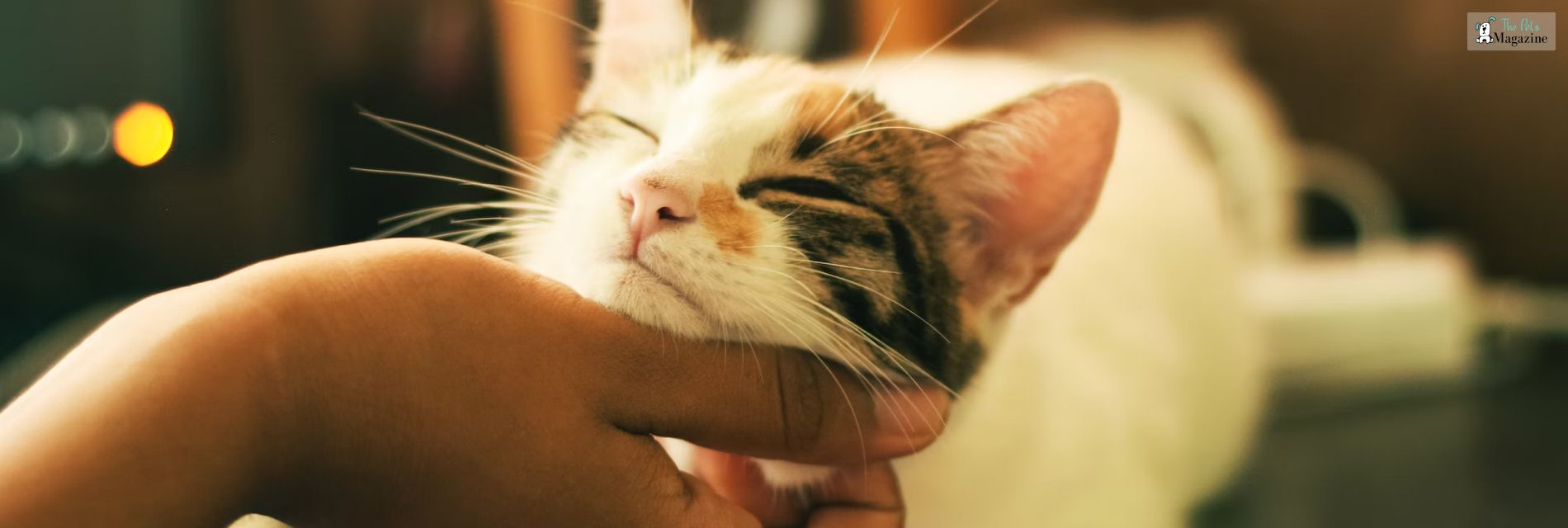
If you’re like most cat owners, you probably have no clue about the breed of your feline companion because they chose you to take care of them. Unless you got your cat from a breeder or from an adoption center and have relevant papers mentioning its breed, it can be tricky to know the breed of your feline companion.
But there are a few clues you can look for to help identify characteristics of different breeds and narrow down the possibilities – Their fur, face, body size, shape, behavior, and other attributes can all provide hints about their breed.
There’s a chance that even with the help of these clues you may never know the breed of your cat definitively. But at least you’ll have a better idea of the kind of cat you can call your own.
Read on to discover some of the telltale signs that point to popular cat breeds.
How to determine the breed of your cat based on Physical Traits
The best way to determine the breed of your cat at home is by learning to read the clues present in your cat’s appearance. This includes physical traits like size, coat color, length and pattern of coat hair, the shape of their face, the shape of their ear, length of tail, and eye color.
Let’s take a closer look at each of these physical characteristics so that you can use the information to get an answer to your question – what breed is my cat!
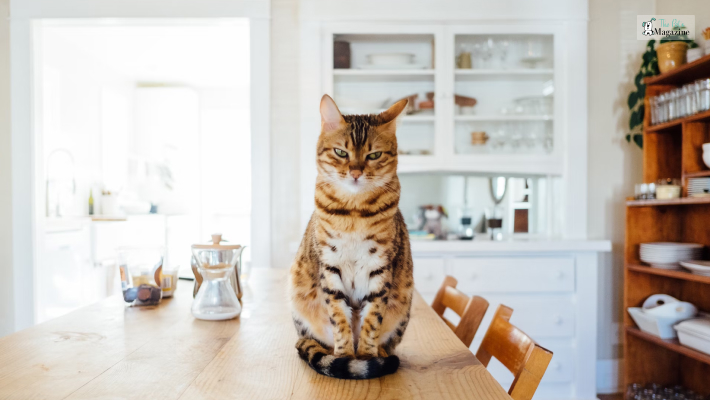
Size and Weight of your cat
The primary physical feature that can help you to identify your cat’s breed is the size of your cat. All over the world, cats come in a wide variety of sizes and weights.
Hence based on size alone, cats can be classified into three main groups. These are as follows –
| Weight of Cats | Size of Cats |
| Less than 9 pounds | Dwarf-sized or small size cats |
| 9-15 pounds | Medium-sized cats |
| Greater than 15 pounds | Large cats |
Based on the above classification, here is a list of some of the common small-size or dwarf-size cat breeds:
- Munchkin
- Bambino
- Devon Rex
- Cornish Rex
- Singapura
- Kinkalow
- American Curl
Here is a list of some of the common medium-sized cats are as follows:
- Ragdoll Cat
- Scottish Fold
- Siamese
- Abyssinian
- American Wirehair
- American Shorthair
- British Shorthair
- Chartreux
- Bombay Cat
- Bengal Cat
- Burmese Cat
- Sphynx Cat
Here is a list of some of the common large-sized cat breeds –
- Maine Coon
- Norwegian Forest cat
- Persian cat
- Siberian Cat
- Savannah Cat
- Ragamuffin Cat
Fur Color and Patterns
Cats come in a wide variety of fur colors and patterns. However, cats belonging to the same breed sport similar fur colors. Certain patterns and markings are also unique to some breeds of cat. For instance, both the Bengal cat and the Maine Coon have patterned coats, but the patterns are distinctly different. Thus the color of a cat’s coat and patterns and markings can also help you determine the breed.
Based on coat color or markings, cats can be separated into five groups:
Coat Type and Hair length
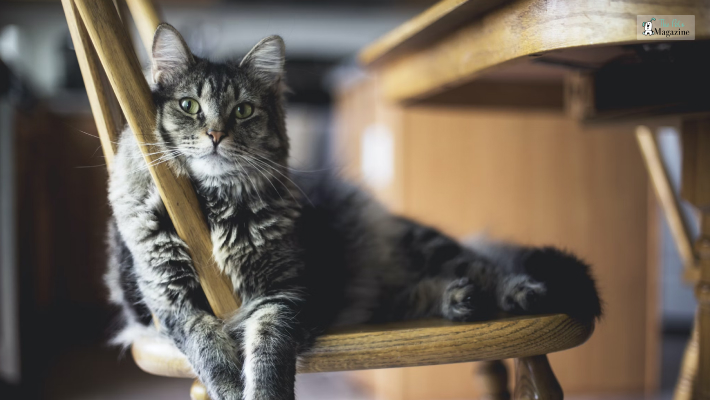
A sleek, short coat suggests an Oriental Shorthair or Korat. A long, silky coat points to a Persian or Selkirk Rex. A thick, plush coat is characteristic of breeds such as Siberian or Norwegian Forest Cat. Calico or tortoiseshell coloring often indicates a mixed breed or Domestic Shorthair.
Face Shape
A round, broad face with full cheeks points to breeds like Persians or Exotics. A triangular face and pointed muzzle are reminiscent of Siamese or Orientals. A square jaw and wide-set eyes bring to mind breeds such as Scottish Folds or British Shorthairs.
Eye Color
Blue eyes are commonly found in Siamese, Persians, and Himalayans. Amber or copper eyes may indicate an Abyssinian or Somali. Green eyes are associated with breeds such as Russian Blues or Korats.
Tail Length
A long, thin tail is typical of Siamese or Orientals. A short, stubby tail is found in Manx, American Bobtails, or Japanese Bobtails. A plumed, feathery tail indicates a Persian, Selkirk Rex, or Maine Coon.
How to determine the cat breed based on Personality Traits
Once you have a sense of your cat’s appearance, take a closer look at their personality and habits. Certain breeds are known for distinct traits that often pass down to mixes and mutts.
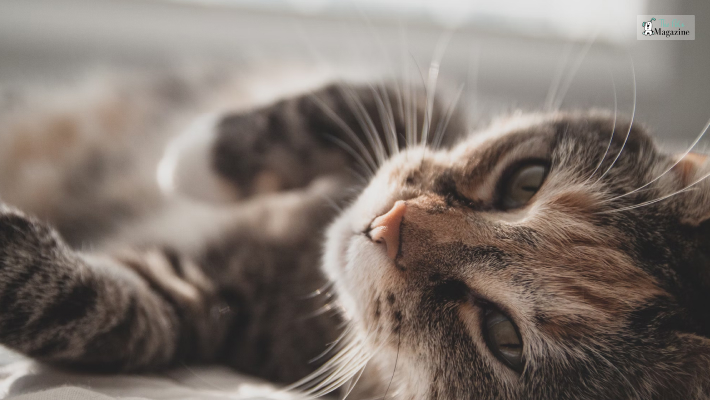
Friendly and outgoing
If your cat eagerly greets strangers, loves being held and petted, and follows you around the house, they likely have some breed like the Exotic Shorthair, Persian, or Ragdoll in their family tree. Breeds in this group tend to be very social and bond very closely with their owners.
Quiet and reserved
On the other hand, if your cat is shy around new people and prefers to keep to themselves, breeds like the Scottish Fold, British Shorthair or Russian Blue may be part of their lineage. These breeds are usually very devoted to their families but tend to be quiet, gentle and not overly demanding of attention or affection from strangers or other pets.
Active and playful
Does your cat love playing fetch, chasing toys and laser pointers, or pouncing on anything that moves? Breeds such as the Abyssinian, Savannah, and Manx are usually very energetic, agile, and kittenish, even as adults. Mixes with these breeds will often inherit a fun-loving and mischievous spirit along with a need for lots of interactive playtime and mental stimulation.
Some breeds are more social or playful. Burmese and Bengals are very friendly while Turkish Angoras are energetic. If your cat is aloof or enjoys high places, it may have some Siamese or Savannah in its family tree.
Meowing and Purring
The frequency and volume of your cat’s meows and purrs can indicate certain breeds. Oriental breeds like Siamese are known for being very “talkative.” Maine Coons and Ragdolls tend to purr and trill frequently.
Health Issues
Genetic disorders can run in cat breeds. For example, Maine Coons and Persians are prone to hypertrophic cardiomyopathy. Burmese and Siamese can develop diabetes or vision problems more often. If your cat suffers from any breed-related health issues, it’s likely a clue to their ancestry.
While you may never know your cat’s exact breed or pedigree, paying close attention to these characteristics can provide insights into their background. Talk to your vet as well—they may be able to determine if your cat resembles any specific breeds.
Wrapping Up
With some detective work and these clues about your cat’s appearance, size, fur, face, and temperament, you should be well on your way to determining their breed. Every cat is unique, but understanding their genetic history can help strengthen the bond with your feline friend. In addition, having a better sense of what kind of cat you have, will help you to understand their particular needs, traits, and potential health issues to watch for.
Recommended Reading…





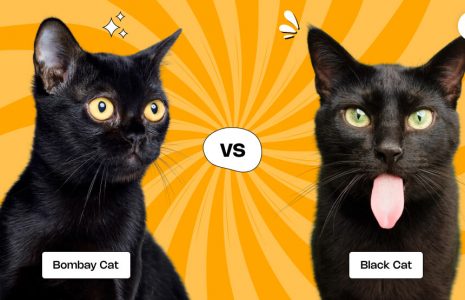
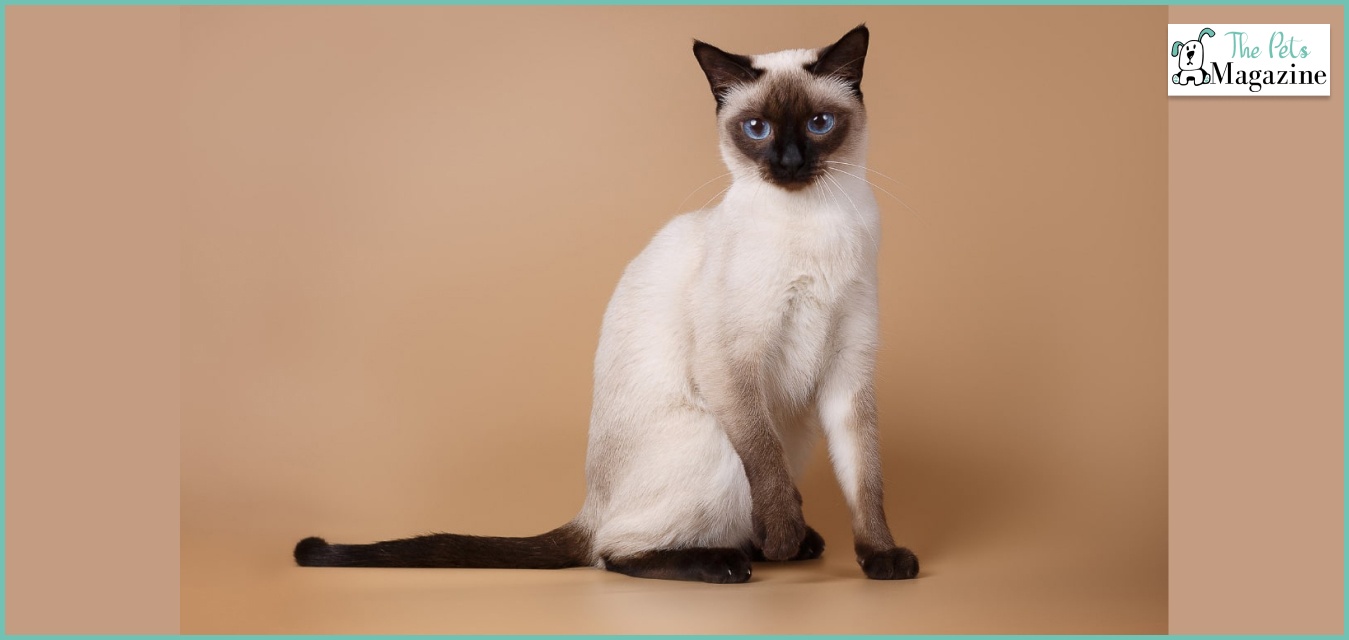
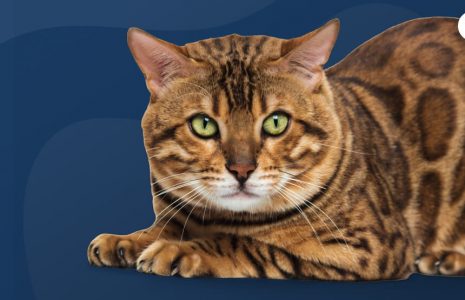
Leave A Comment